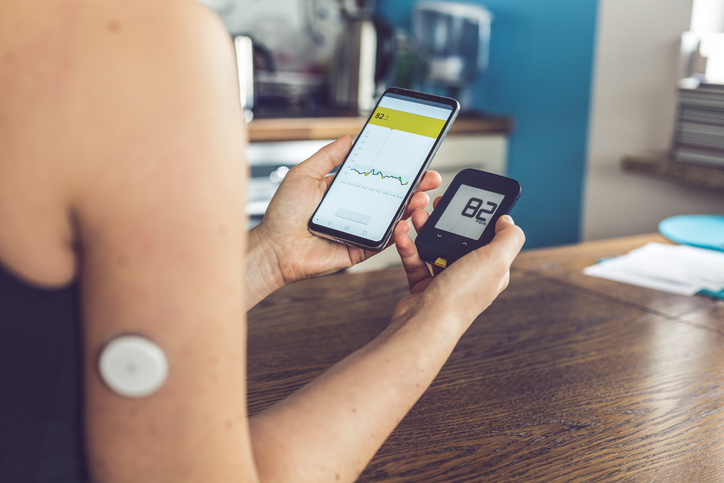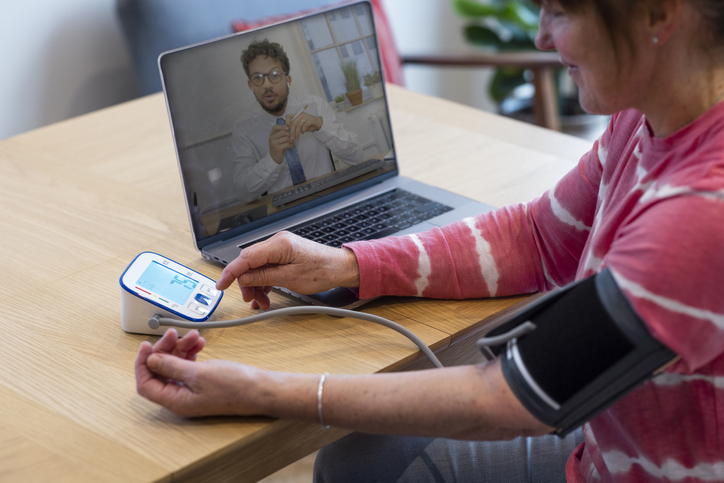
How Philips Uses Monitoring Tech to Help Close Care Access Gaps
Philips is using its patient monitoring devices to help health systems deliver care more efficiently, especially in areas with specialist shortages. The company’s connected devices enable continuous monitoring from home to hospital and back, which can reduce diagnostic delays and improve patient safety, said Nick Wilson, Philps’ vice president of global marketing and product for ambulatory monitoring and diagnostics.

















